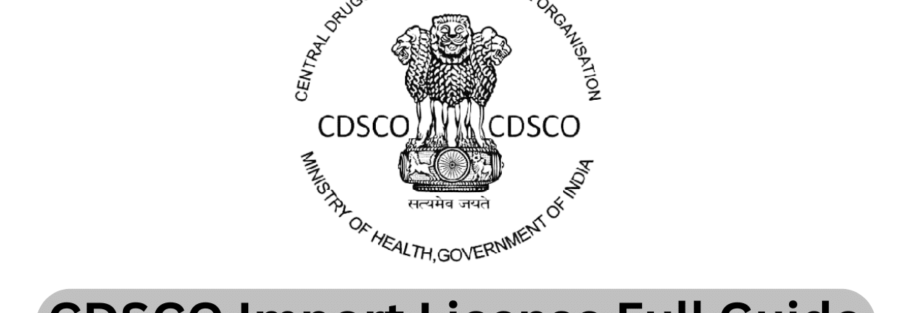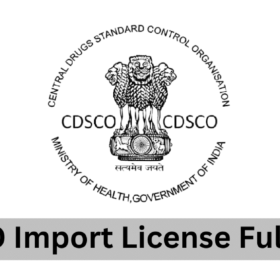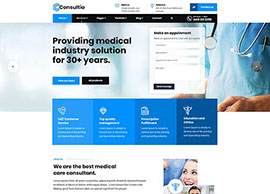CDSCO vs. Other Regulatory Bodies: How It Compares to FDA & CE Marking
When it comes to medical device and pharmaceutical regulations, different countries have their own regulatory authorities to ensure product safety, efficacy, and compliance. Three major regulatory bodies in this domain are:
- CDSCO (Central Drugs Standard Control Organization) – India
- FDA (Food and Drug Administration) – United States
- CE Marking – European Union
Each of these organizations has distinct approval processes, compliance requirements, and regulatory scopes. Here’s how they compare:
1. CDSCO (India)
Overview
CDSCO is India’s national regulatory authority under the Ministry of Health & Family Welfare. It regulates pharmaceuticals, medical devices, diagnostics, and cosmetics in India.
Key Regulatory Requirements
- Governed by the Drugs and Cosmetics Act, 1940, and its Rules.
- Medical devices are classified into four categories (A, B, C, D) based on risk levels.
- Import, manufacture, and sale of medical devices and drugs require approval from CDSCO.
- Recently, India has transitioned to a Medical Device Rules (MDR) 2017 framework.
Approval Process
- Requires a New Drug Application (NDA) or Medical Device Registration.
- Clinical trial approval is needed for high-risk devices.
- Foreign manufacturers require an Authorized Indian Representative (AIR).
Regulatory Mark
- No specific marking like CE, but a CDSCO license number is required for approved products.
2. FDA (United States)
Overview
The U.S. FDA is responsible for protecting public health by ensuring the safety and efficacy of drugs, medical devices, food, and cosmetics in the U.S.
Key Regulatory Requirements
- Governed by the Federal Food, Drug, and Cosmetic Act.
- Devices are classified into three classes (I, II, III) based on risk.
- 510(k) clearance, Pre-Market Approval (PMA), or De Novo process is required based on classification.
- Strict clinical trial requirements (IND/NDA for drugs).
Approval Process
- Class I: Exempt from pre-market submission, requires general controls.
- Class II: Requires 510(k) premarket notification showing equivalence to an existing device.
- Class III: Requires Pre-Market Approval (PMA) with clinical data.
Regulatory Mark
- No specific marking, but an FDA approval/clearance is required before marketing.
3. CE Marking (European Union)
Overview
The CE (Conformité Européenne) Mark indicates compliance with the European Union’s safety, health, and environmental protection standards for medical devices and pharmaceuticals.
Key Regulatory Requirements
- Governed by the EU Medical Device Regulation (MDR) 2017/745 and In Vitro Diagnostic Regulation (IVDR) 2017/746.
- Devices are classified into Class I, IIa, IIb, and III based on risk.
- Compliance involves Notified Bodies (NBs) for higher-risk devices.
- Clinical evaluations and post-market surveillance are required.
Approval Process
- Self-certification for low-risk devices.
- Notified Body review for Class II and III devices.
- Requires compliance with ISO 13485 (Quality Management System).
Regulatory Mark
- The CE Mark must be affixed to medical devices before sale in Europe.
Key Differences & Similarities
| Feature | CDSCO (India) | FDA (USA) | CE Marking (EU) |
|---|---|---|---|
| Governing Law | Drugs & Cosmetics Act, 1940 | FD&C Act | MDR 2017/745 |
| Medical Device Classification | A, B, C, D (risk-based) | Class I, II, III | Class I, IIa, IIb, III |
| Approval Time | 6-12 months | 6-24 months | 6-18 months |
| Clinical Trials | Required for high-risk devices | Required for Class III | Required for high-risk |
| Manufacturing Standards | BIS, ISO 13485 | QSR (21 CFR Part 820) | ISO 13485 |
| Market Access Scope | India | United States | European Union |
| Regulatory Mark | CDSCO license number | No specific marking | CE Mark |
Conclusion
- CDSCO is ideal for companies targeting India and follows a growing regulatory framework aligned with global standards.
- FDA has one of the strictest approval processes, making U.S.-approved devices highly reputable.
- CE Marking allows access to the European market and is based on conformity assessments rather than centralized approval.
Companies aiming for global market expansion should align their regulatory strategy with the requirements of all three bodies to ensure smooth market entry.








































